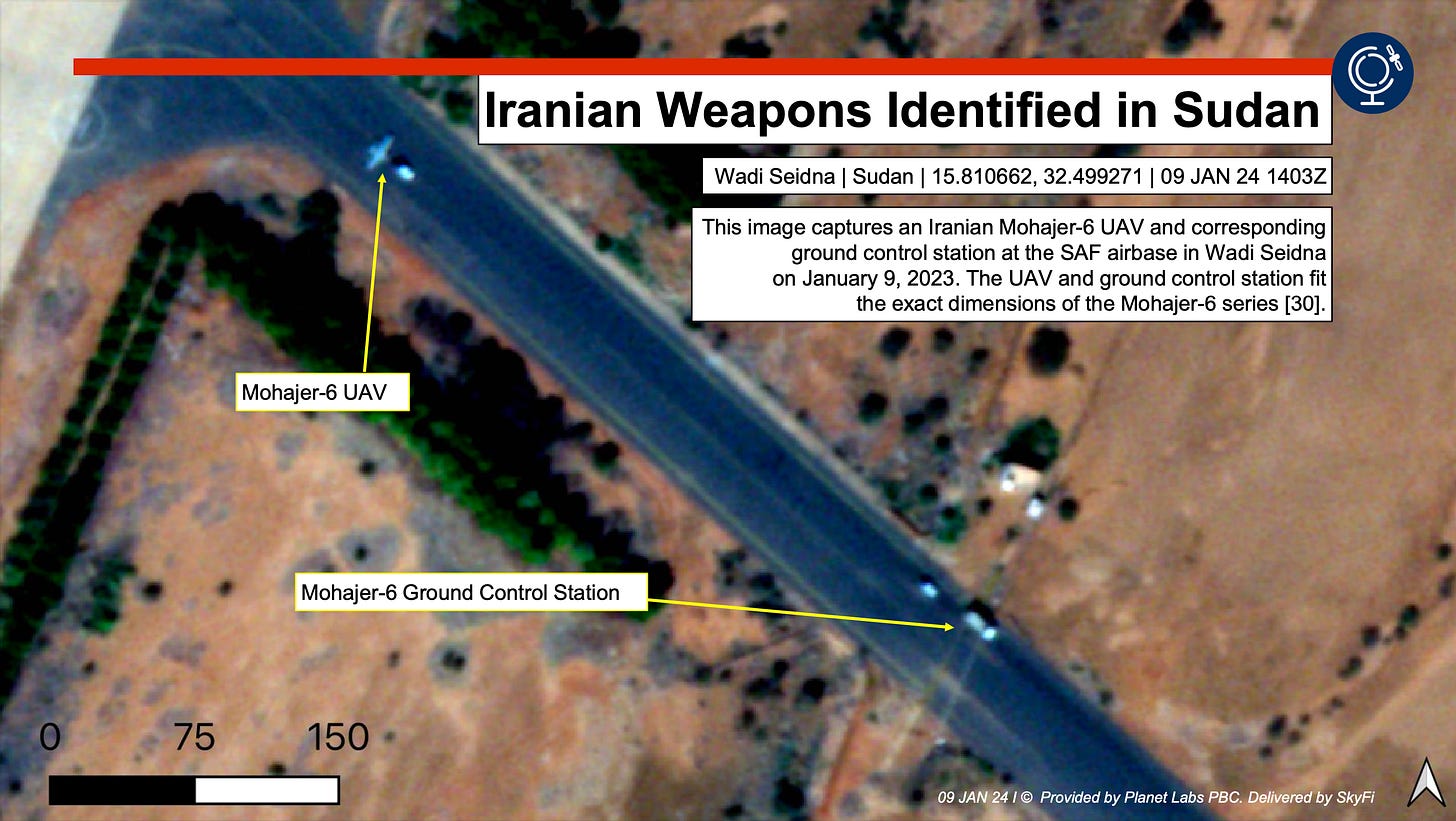Iran's air bridge to the Sudanese military
New analysis of flight data and satellite images proves Iranian support
Keep reading with a 7-day free trial
Subscribe to Sudan War Monitor to keep reading this post and get 7 days of free access to the full post archives.


